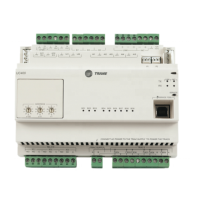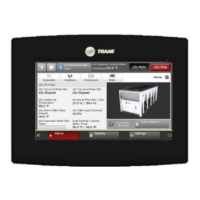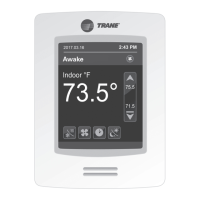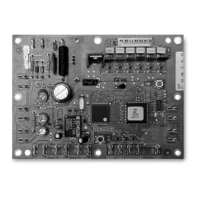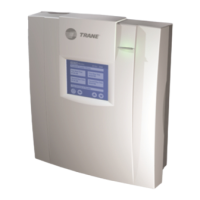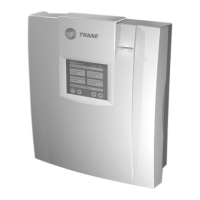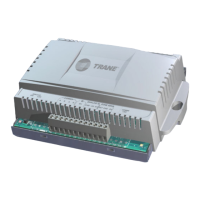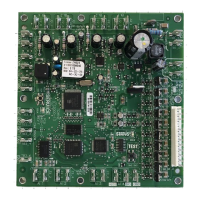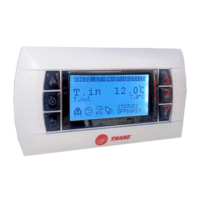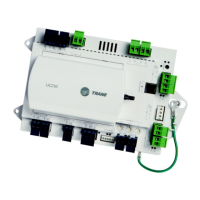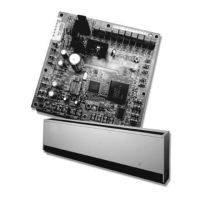26 CNT-SVX17G-EN
Sequence of Operations
Control Sequences
The following, in order of priority, are the Tracer
®
VV550/VV551 controller sequences.
Higher priority sequences ignore inputs that affect lower priority sequences. The power-
up/reset sequence has the highest priority; no other sequence can override it. The normal
operation sequence has the lowest priority; all other sequences can override it. All
sequences can override normal operation.The following are the control sequences
described in this topic:
• Power-up/reset (highest priority);
• Manufacturing test;
• Unit shutdown;
• Emergency override;
• Manual output test;
• Auto commissioning;
•Calibrate;
• Water valve override, flow override, fan override;
• Normal operation (lowest priority).
Power-up/reset Sequence
The power-up/reset sequence is the highest priority sequence. After the configuration is
defined, the manual output test can be initiated. When 24Vac power is initially applied
to the Tracer VV550/551 controller or a reset occurs, the following sequence occurs:
1. Green status LED turns ON.
2. All outputs are controlled to their normal or de-energized state.
3. Configuration is read out of the non-volatile memory.
4. The controller reads input values to determine initial values.
5. Stand-alone control is assumed until commun
icated control data is received.
6. Power-up control wait timer is started. The controller waits the configured number of
seconds to allow t
ime for the communicated control data to arrive.
Note: If, after the power-up control wait timer expires and the controller has not received
commun
icated control data, the unit assumes stand-alone operation.
a. Receiving a control data network variable drives the power-up control wait timer
to
zero and the controller immediately transitions to normal operation. The
following are the communicated control data network variables:
i. Communicated application mode;
ii.Communicated auto commission command;
iii.Communicated emergency override;
iv.Communicated flow override;
v.Communicated heat/cool mode;
vi.Communicated occupancy schedule;
vii.Communicated occupancy override;
viii.Communicated occupancy sensor;
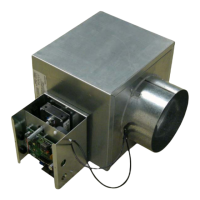
